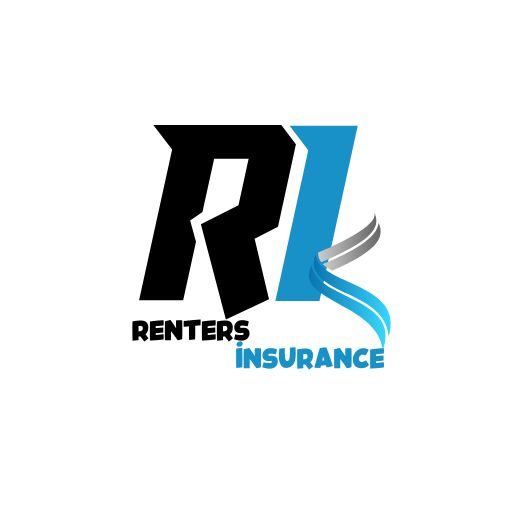What are Allocated Loss Adjustment Expenses (ALAE)?
Allocated Loss Adjustment Expenses (ALAE) are costs directly associated with the processing and settlement of specific insurance claims. These expenses are allocated to individual claims because they are directly attributable to those claims. Examples of costs included in ALAE include:
– Salaries of adjusters: The compensation paid to adjusters who investigate and settle claims.
– Legal fees: Costs incurred for legal services related to claim disputes or litigation.
– Court costs: Expenses associated with taking a claim to court.
– Expert witness fees: Payments made to experts who provide testimony in claim-related cases.
– Investigation costs: Expenses for investigating the validity and extent of a claim.
Understanding these expenses helps insurers accurately account for the resources spent on each claim.
- Understanding and Managing Bad Debt: Proven Strategies for Financial Health[2][3][5]
- Understanding Agency Theory: Navigating Principal-Agent Conflicts in Finance and Business
- How Accelerated Depreciation Can Boost Your Business: A Comprehensive Guide
- How the Average Daily Balance Method Impacts Your Credit Card Interest Charges
- Understanding the Both-to-Blame Collision Clause: How It Impacts Maritime Insurance and Liability
Types of Loss Adjustment Expenses
Loss adjustment expenses can be categorized into two main types: Allocated Loss Adjustment Expenses (ALAE) and Unallocated Loss Adjustment Expenses (ULAE).
– Allocated Loss Adjustment Expenses (ALAE) are specific to individual claims, as mentioned earlier. These are direct costs that can be traced back to a particular claim.
– Unallocated Loss Adjustment Expenses (ULAE), on the other hand, are general overhead costs associated with the claims department’s operations. These include expenses such as office rent, utilities, and general administrative costs that cannot be directly attributed to a single claim.
Distinguishing between these two types is essential for accurate financial reporting and management.
Components of ALAE
Defense and Cost Containment Expenses
These expenses relate to activities aimed at defending against fraudulent or disputed claims and containing medical costs. Key components include:
– Attorney services: Fees paid to attorneys for defending the insurer in court or negotiating settlements.
– Expert witness fees: Payments to medical professionals, engineers, or other experts who provide testimony in support of the insurer’s position.
– Surveillance costs: Expenses incurred for monitoring claimants to verify the legitimacy of their claims.
– Court costs: Fees associated with filing lawsuits, court appearances, and other legal proceedings.
– Medical examination fees: Costs for independent medical examinations to assess the extent of injuries or illnesses claimed.
These expenses help insurers protect their interests and ensure that only legitimate claims are settled.
Adjusting and Other Expenses
These costs are associated with the day-to-day handling of claims, including:
– Adjusters’ salaries: Compensation for adjusters who investigate, negotiate, and settle claims.
– Investigation costs: Expenses for gathering evidence, interviewing witnesses, and assessing damage.
– Settlement costs: Fees related to negotiating and finalizing claim settlements.
These expenses are critical for the efficient processing of claims.
Importance of ALAE in Insurance Operations
Allocated Loss Adjustment Expenses (ALAE) play a vital role in the financial stability and profitability of insurance companies. Here’s why:
– Financial Stability: Accurately accounting for ALAE helps insurers maintain a clear picture of their financial health. It ensures that they have sufficient reserves to cover both the claim amount and the associated adjustment expenses.
– Preventing Fraud: ALAE includes costs related to investigating and defending against fraudulent claims. This helps in preventing unnecessary payouts and maintaining the integrity of the insurance system.
– Accurate Settlements: By allocating specific expenses to individual claims, insurers can ensure that legitimate claims are settled accurately without overpaying or underpaying.
Understanding ALAE is essential for insurers to manage their resources effectively.
Impact on Policyholders
For policyholders, understanding ALAE is important for several reasons:
– Reimbursements: In some cases, policyholders may be required to reimburse part of the ALAE incurred by the insurer. Knowing what these expenses cover can help policyholders understand any additional costs they might face.
– Policy Endorsements: Some policies may have endorsements related to ALAE. Policyholders need to understand these clauses to know how they might be affected in case of a claim.
Being informed about ALAE can help policyholders make better decisions regarding their insurance coverage.
Calculating and Monitoring ALAE
Calculating ALAE involves identifying and summing up all the direct costs associated with each claim. Here’s how it works:
– Integration into Expense Reserves: Insurers integrate ALAE into their expense reserves to ensure they have enough funds set aside for future claims.
– Monitoring for Financial Stability: Regular monitoring of ALAE helps insurers adjust their pricing models and ensure they remain financially stable.
Accurate calculation and monitoring of ALAE are crucial for maintaining the financial health of an insurance company.
Using ALAE in Financial Metrics
Allocated Loss Adjustment Expenses (ALAE) are also used in key financial metrics such as the combined ratio formula. The combined ratio is calculated as follows:
[ \text{Combined Ratio} = \frac{\text{Losses + Loss Adjustment Expenses + Underwriting Expenses}}{\text{Earned Premiums}} ]
For example, if an insurer has $100 in earned premiums, $60 in losses, $20 in ALAE, and $10 in underwriting expenses, the combined ratio would be:
[ \text{Combined Ratio} = \frac{60 + 20 + 10}{100} = 0.90 ]
A combined ratio below 1 indicates that the insurer is profitable.
Additional Resources
For those looking to delve deeper into the topic of ALAE or insurance operations in general, here are some additional resources:
– Insurance Regulatory Bodies: Websites of regulatory bodies such as the National Association of Insurance Commissioners (NAIC) often provide detailed guidelines and resources on insurance accounting and operations.
– Industry Reports: Reports from consulting firms like Deloitte or KPMG can offer insights into best practices and trends in managing ALAE.
– Professional Courses: Courses offered by organizations like the Chartered Property Casualty Underwriters (CPCU) Society can provide in-depth training on insurance principles and practices.
These resources can help you gain a more nuanced understanding of ALAE and its role in the broader context of insurance operations.
Nguồn: https://rentersinsurance.cyou
Danh mục: Blog







